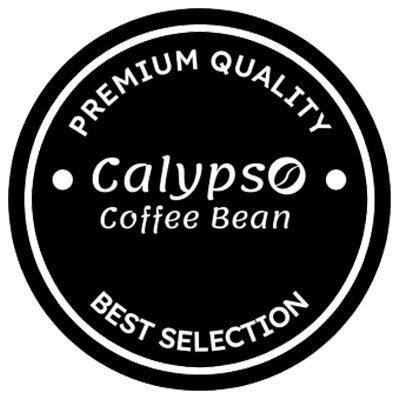Coffee Processing
Natural Process
The method consists of drying the cherry bean without removing the skin. This process will take 4 – 6 weeks depending on the weather and sunshine intensity.
First, the harvested cherries are classified and selected to separate the unripe or damaged by insects. This method is perhaps the simplest and less using machinery. In terms of flavor characteristics, coffees processed in this way tend to have a high body, low acidity, and exotic flavors. It is also common to find vinous flavors and intense fruit.
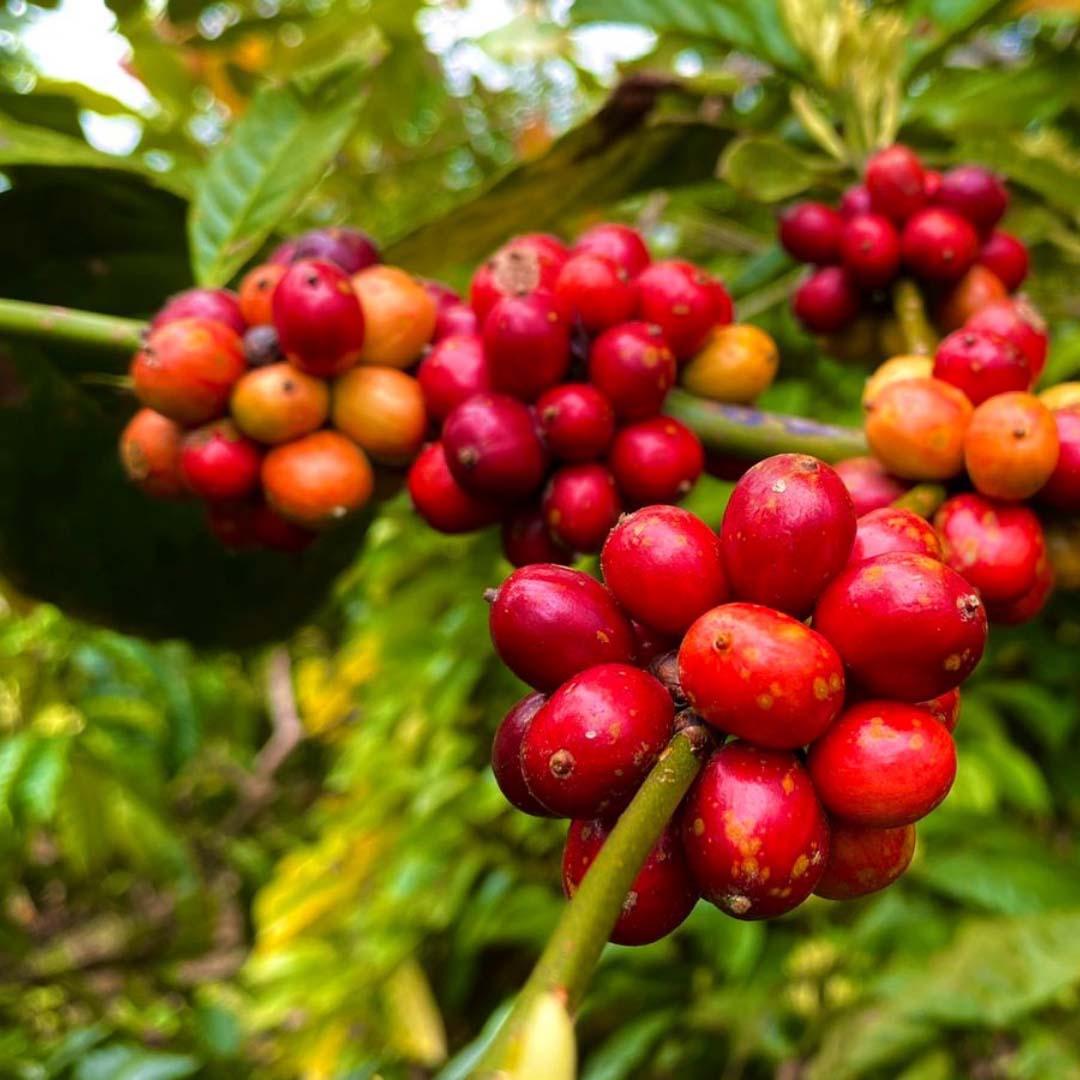
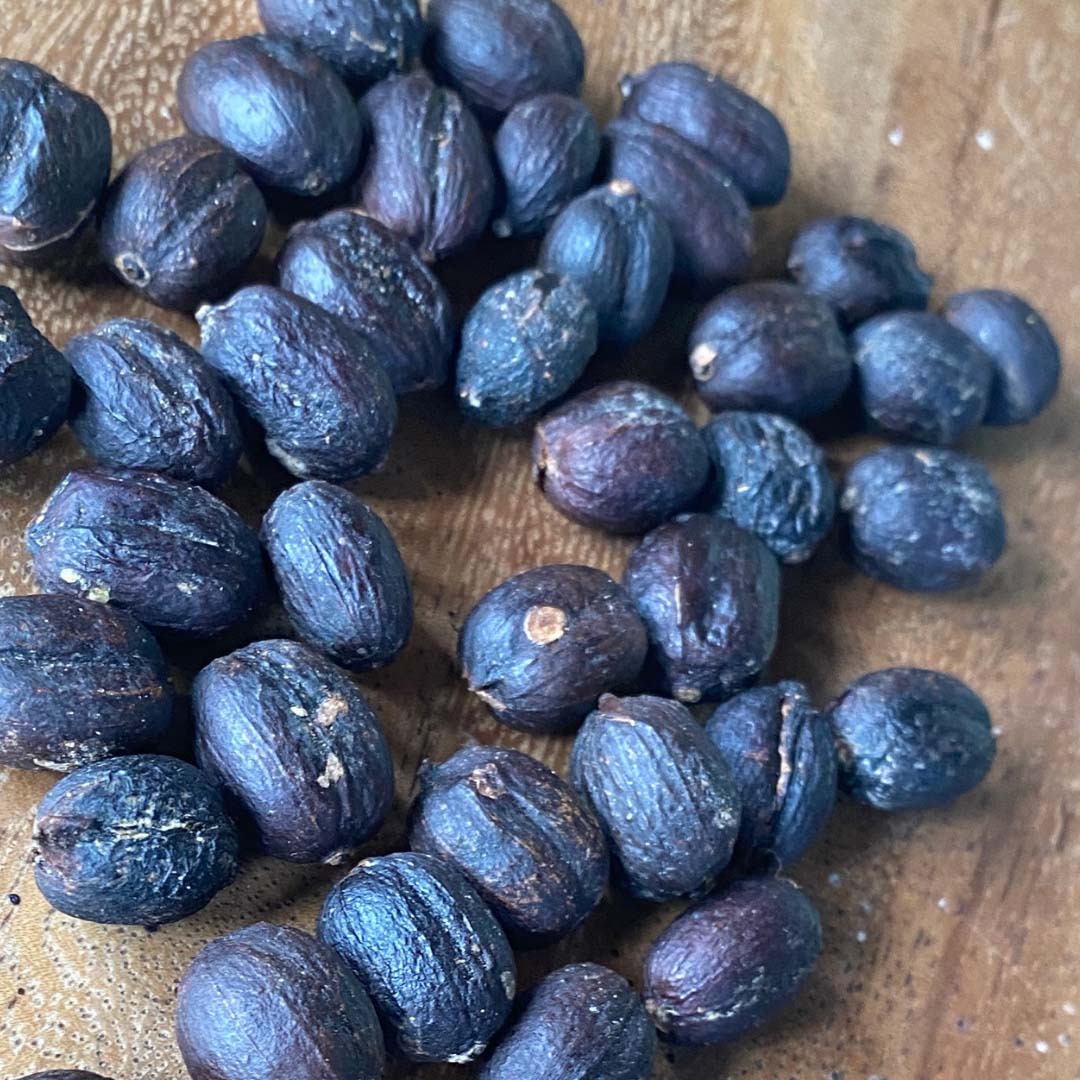
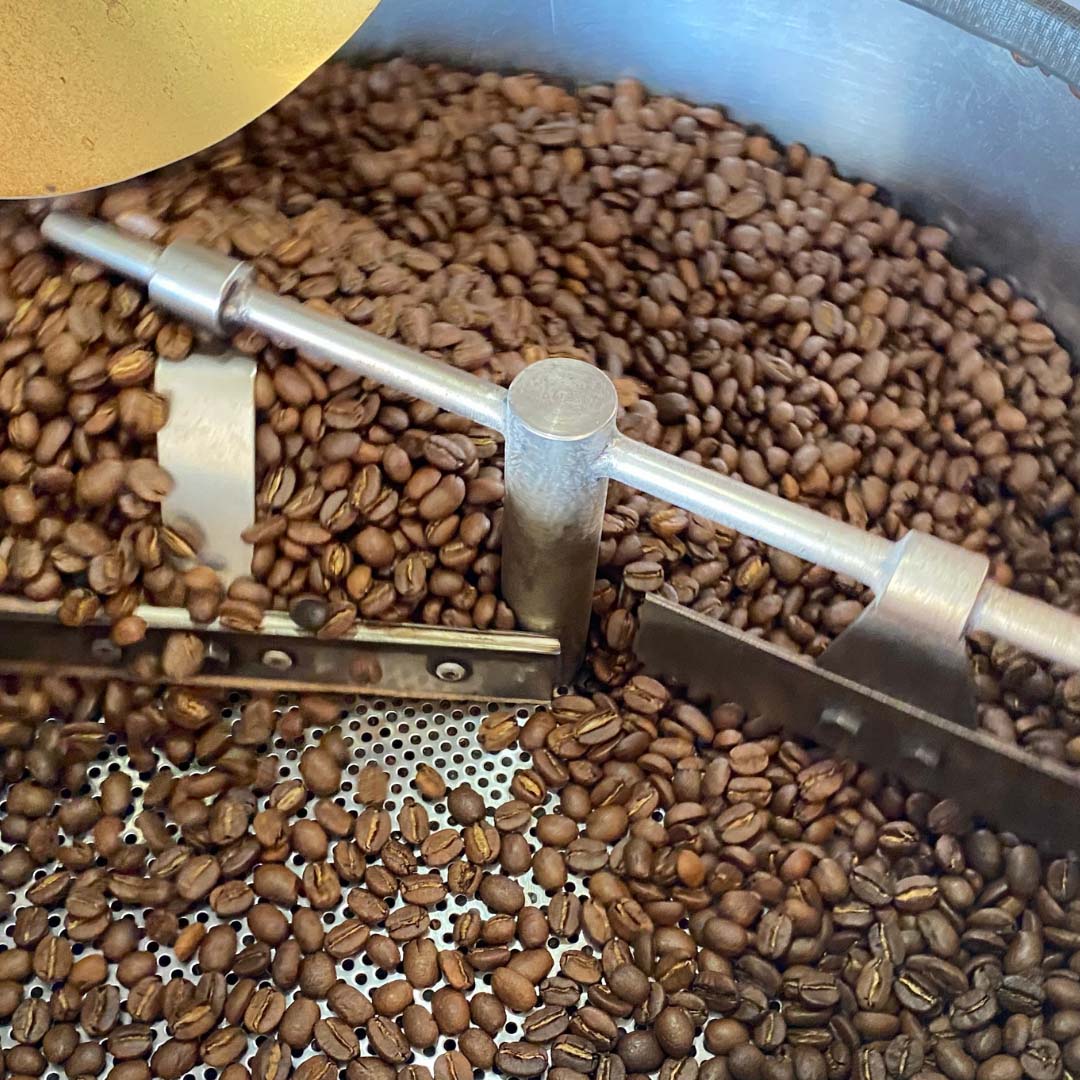
Coffee Processing
Honey Process
This way of processing coffee is fundamentally the same as in the washed method, with the only difference that in the honey process the mucilage is NOT removed, but rather the coffee is dried with this substance, even coating the beans.
Contrary to what some might imagine, coffee processed in this way does not taste like honey, nor is honey used in the process. It gets its name because to the touch, as it is coated with mucilage, it feels sticky like honey. Drying the parchment even with the mucilage coating has a direct impact on the sweetness in the cup. Honey coffees generally have a unique flavor, characterized by a different sweetness, many fruity flavors, and sweet acidity.
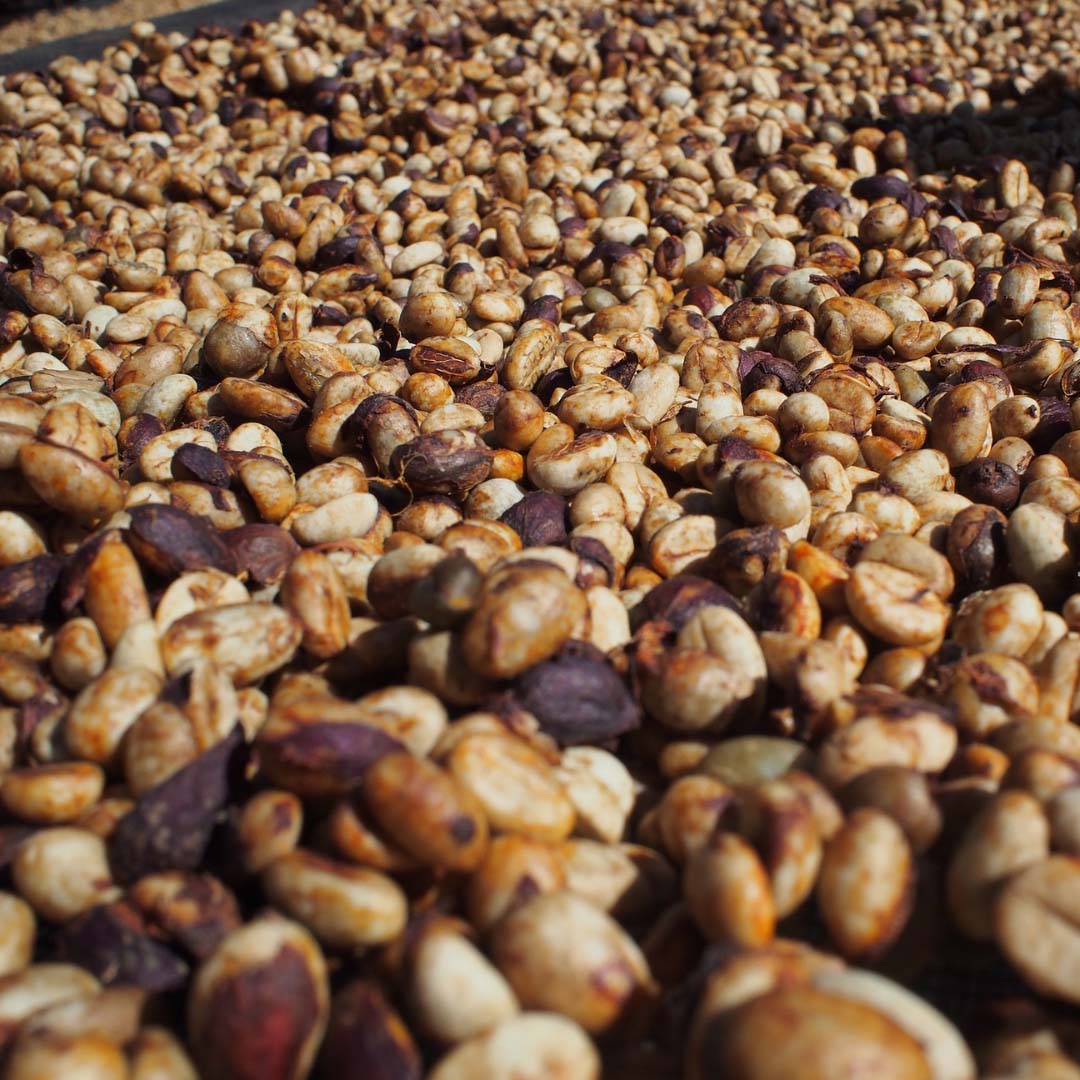
Coffee Processing
Full Washed Process
In the washed process, the mucilage is completely removed and for this, the grains are placed in fermentation tanks until the mucilage that covers the parchment loses its mucous texture and acquires a rougher touch.
For most coffees, it takes between 12 and 24 hours for the mucilage to be completely removed. This also depends on the ambient temperature, the thickness of the mucilaginous layer, and the concentration of the
enzymes. The washed parchment coffee has at this stage approximately 57% humidity. To reduce the humidity to the maximum level of 12.5%, the coffee is dried either in the sun or in a mechanical dryer or by combining the two methods.
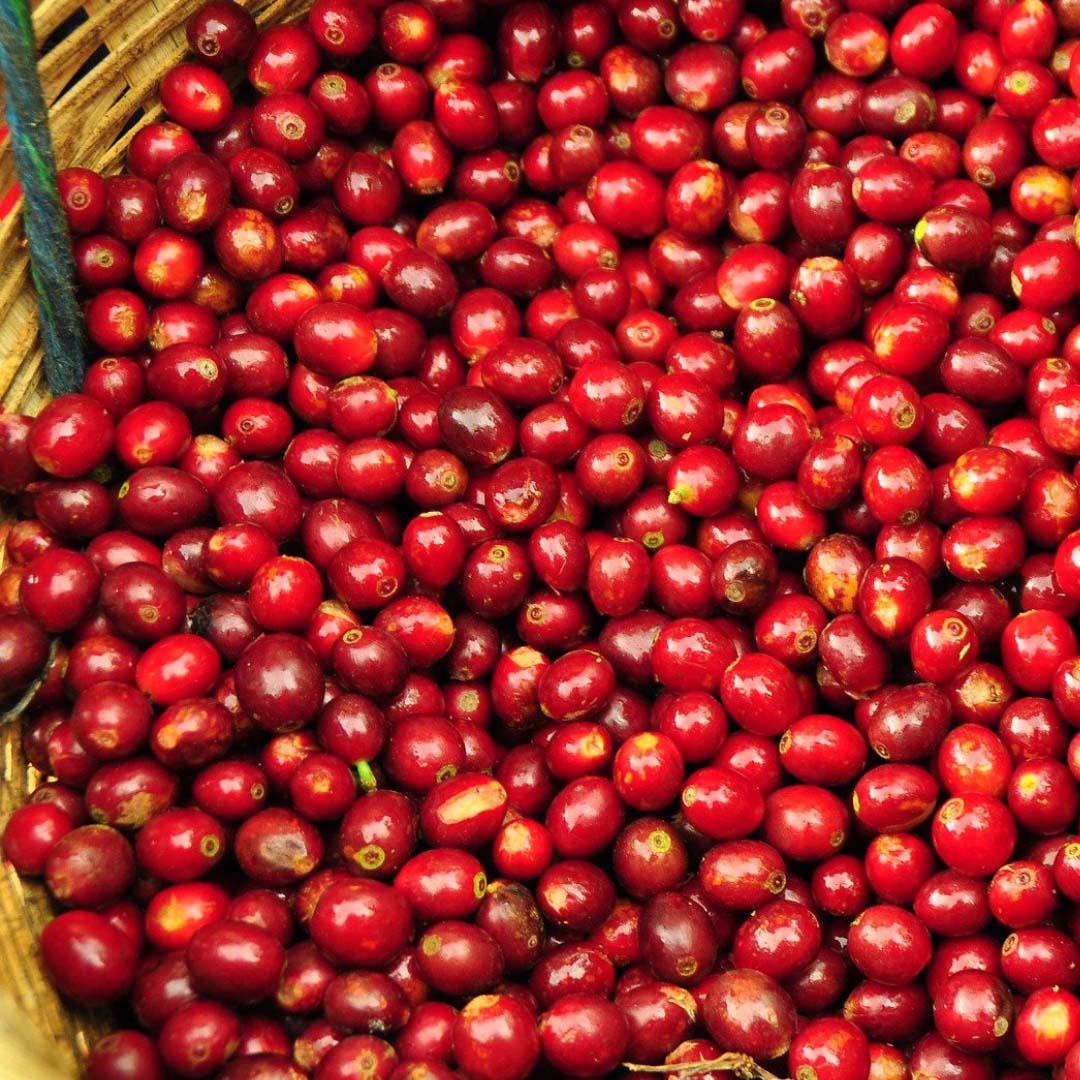
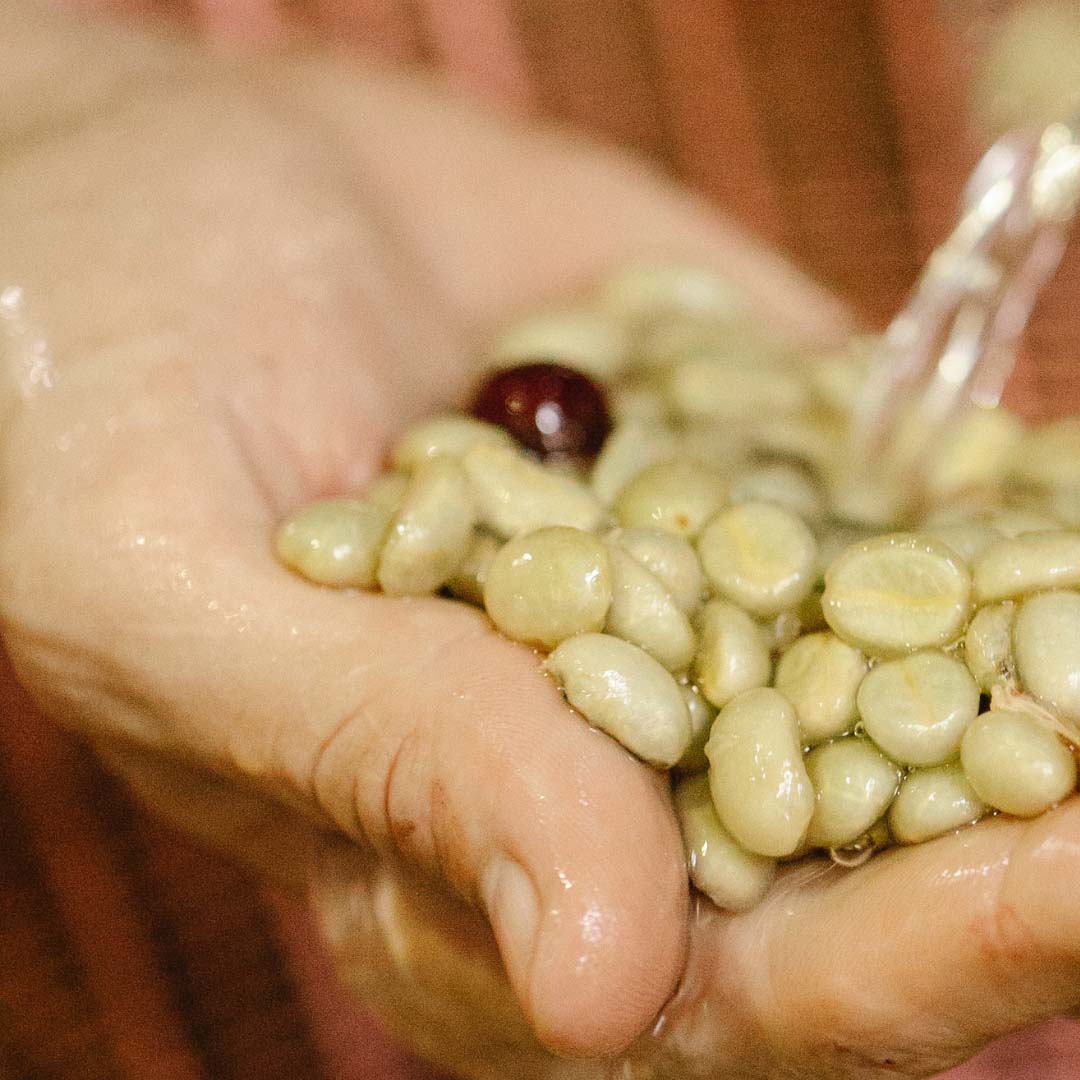

Coffee Processing
Semi Washed Process
Semi-washed coffee processing is also known as the ‘wet-hulled’ process. The outer skin is removed, similar to washed coffee, but the mucilage – inner – mesocarp – remains on the parchment and is sun-dried. Then the parchment is removed.
The swollen white beans enter the second drying phase. At 12-13% moisture content the coffee turns dark green, a color that depicts semi-washed coffee. This processing method increases the coffee’s body and intensity


